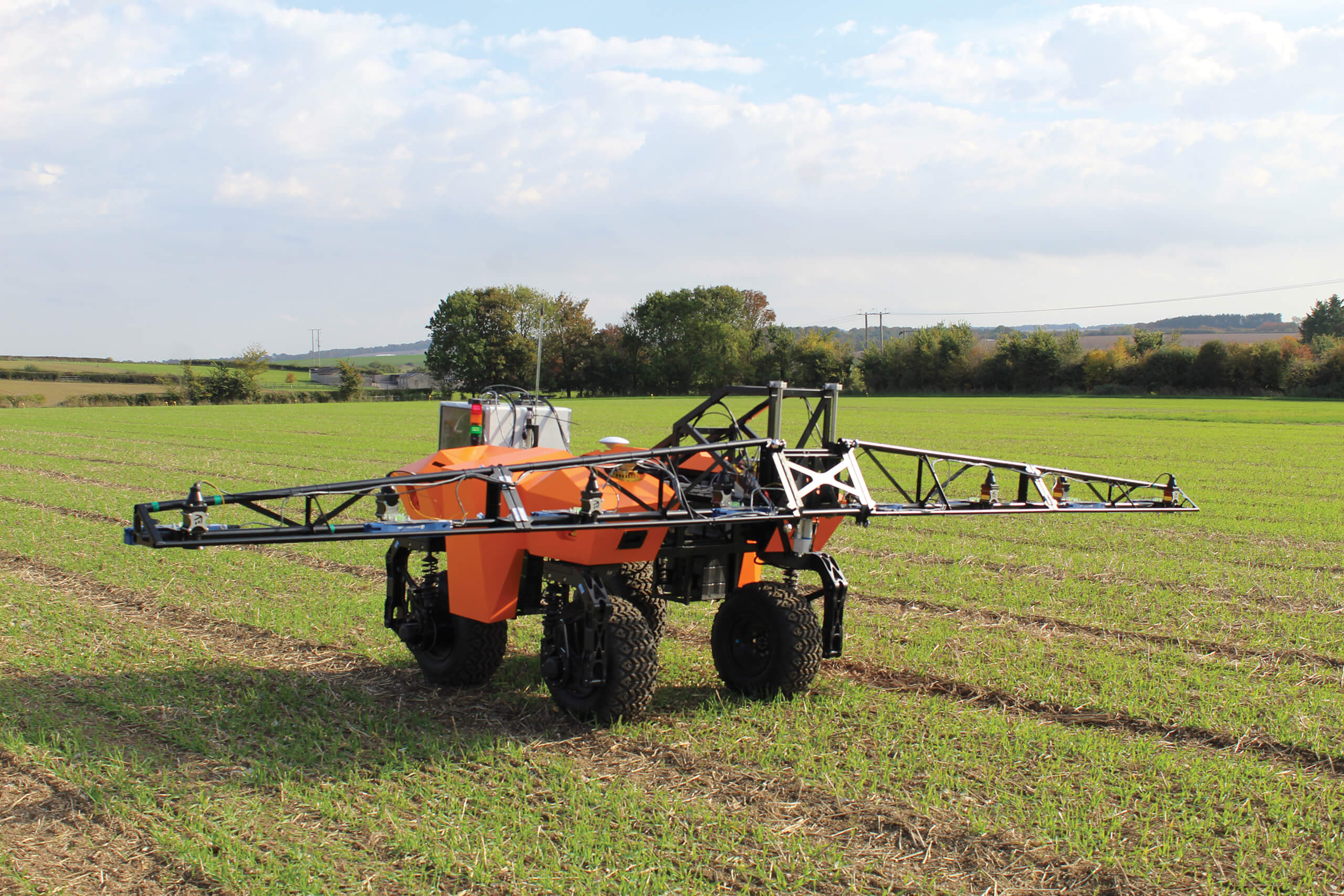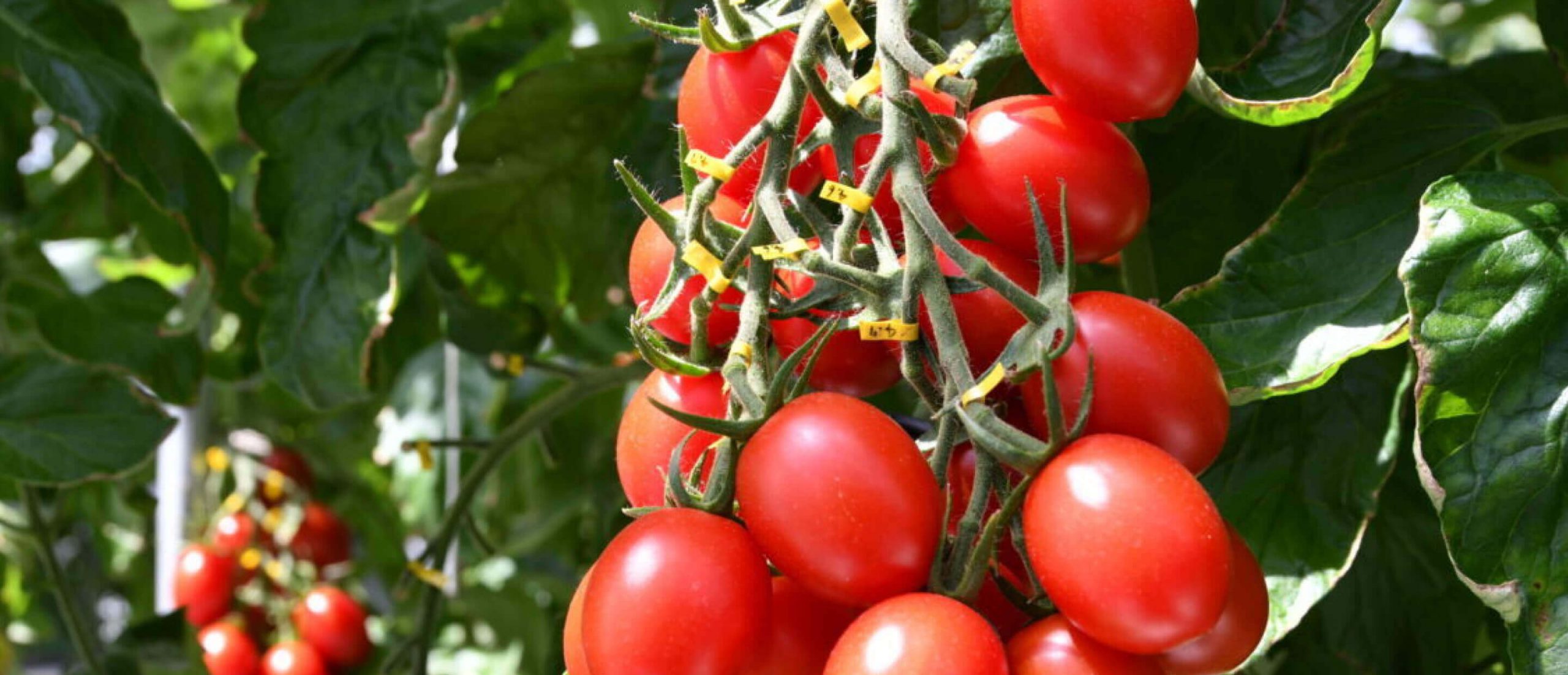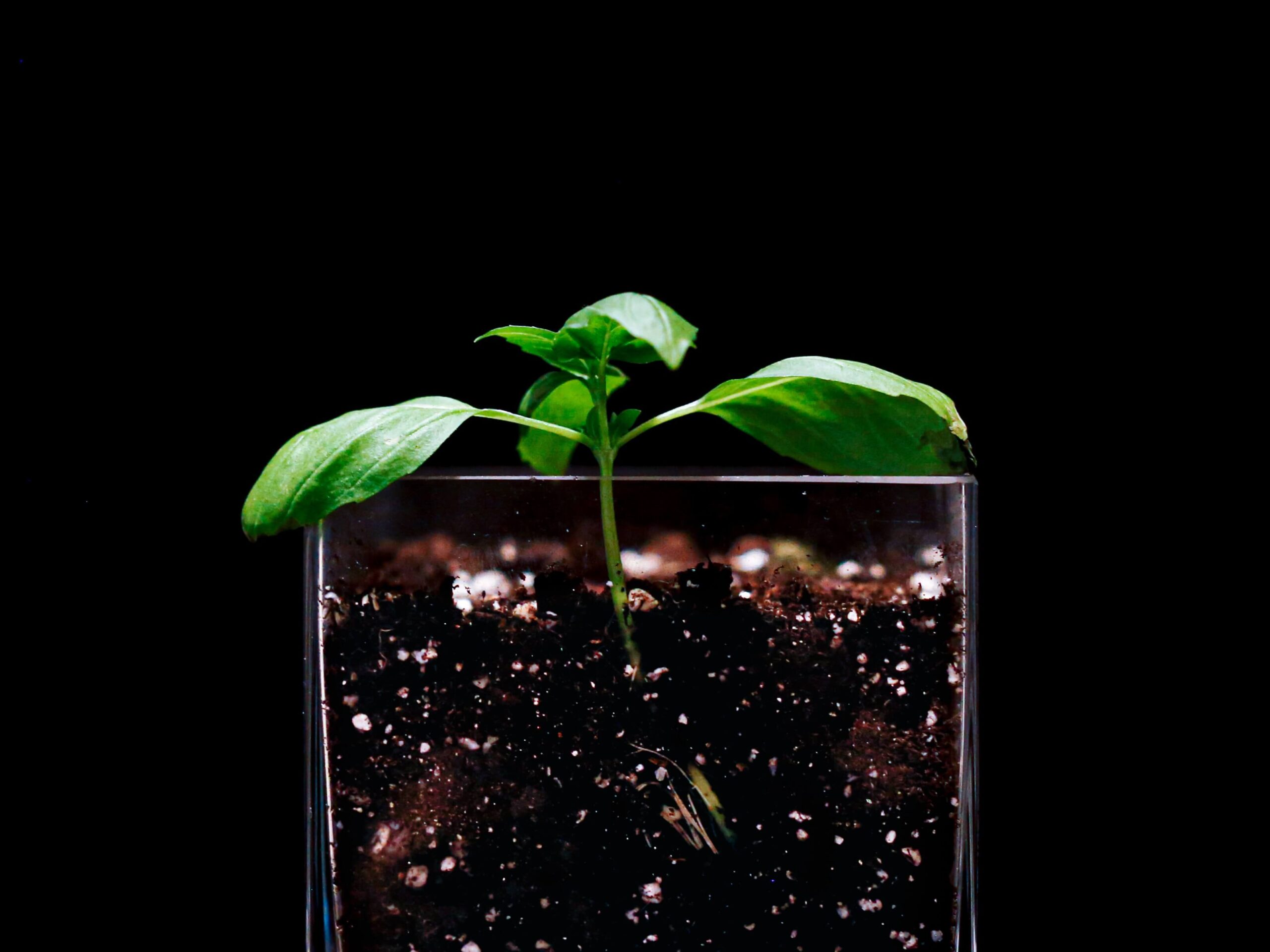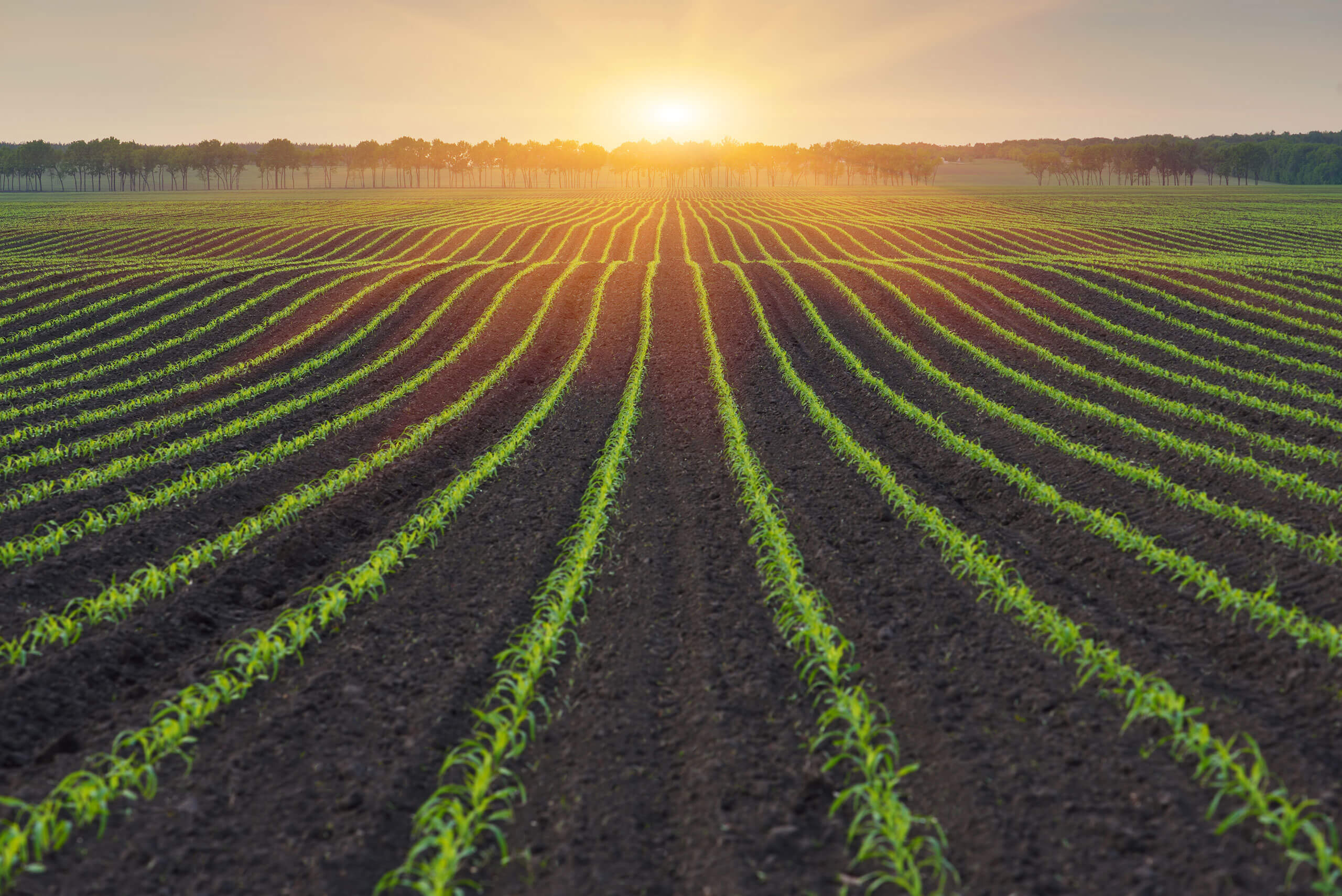
A new generation of naturally derived innovations is protecting crops, controlling pests, and nurturing growth.
What comes to mind when you hear the word, “fungus”? It might be a delicious mushroom or a disturbing mold. Chances are, though, you didn’t think of a web of symbiotic organisms that help crops’ roots access critical nutrients and thrive.
Fortunately, Corteva Agriscience did, because the careful optimization of that web – the mycorrhizal web – can boost yields, increase plant health, and even improve the soil itself. Mycorrhizal fungi, such as those found in revolutionary products like MycoUp®, Resid™, and Trichosym™, are some of the most potent and promising harbingers of a new agronomic transformation: the Biological Revolution.
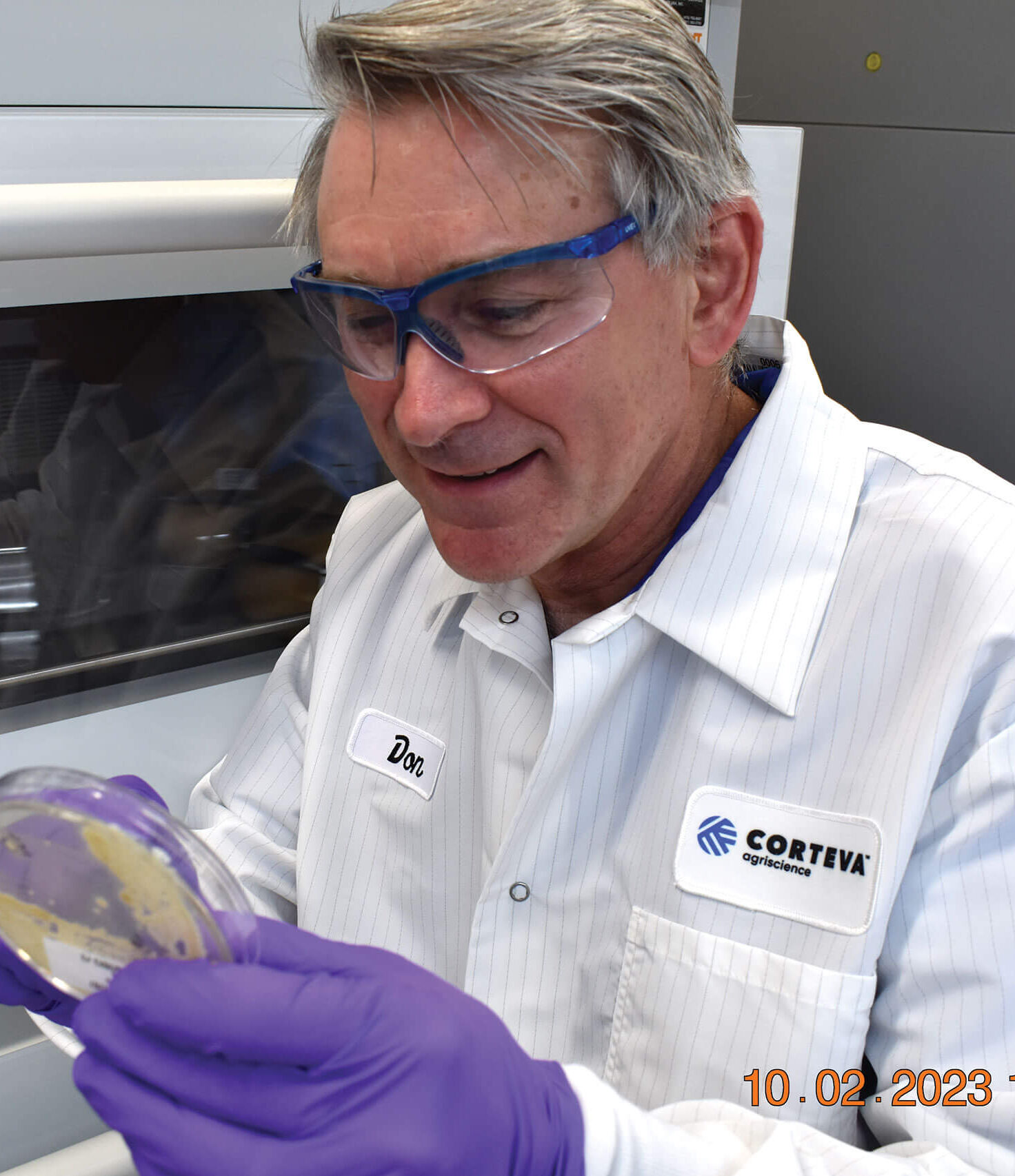
Don Hahn, Principal Research Scientist for biologicals at Corteva Agriscience
Small but mighty
The Biological Revolution is taking place in both the lab and the field. Fields, of course, teem with life, and while some of it can be a farmer’s worst nightmare – looking at you,
fall armyworm – other organisms like the viruses found in Hearken® Biological Insecticide are miniscule warriors eager to wipe out corn earworm and other Heliothine species.
The beneficial bacteria found in Bexfond® Biological Fungicide are bio-shield-bearing defenders, guarding roots from the harmful, yield-damaging pathogens Phytophthora, Rhizoctonia, and Fusarium.
Related article
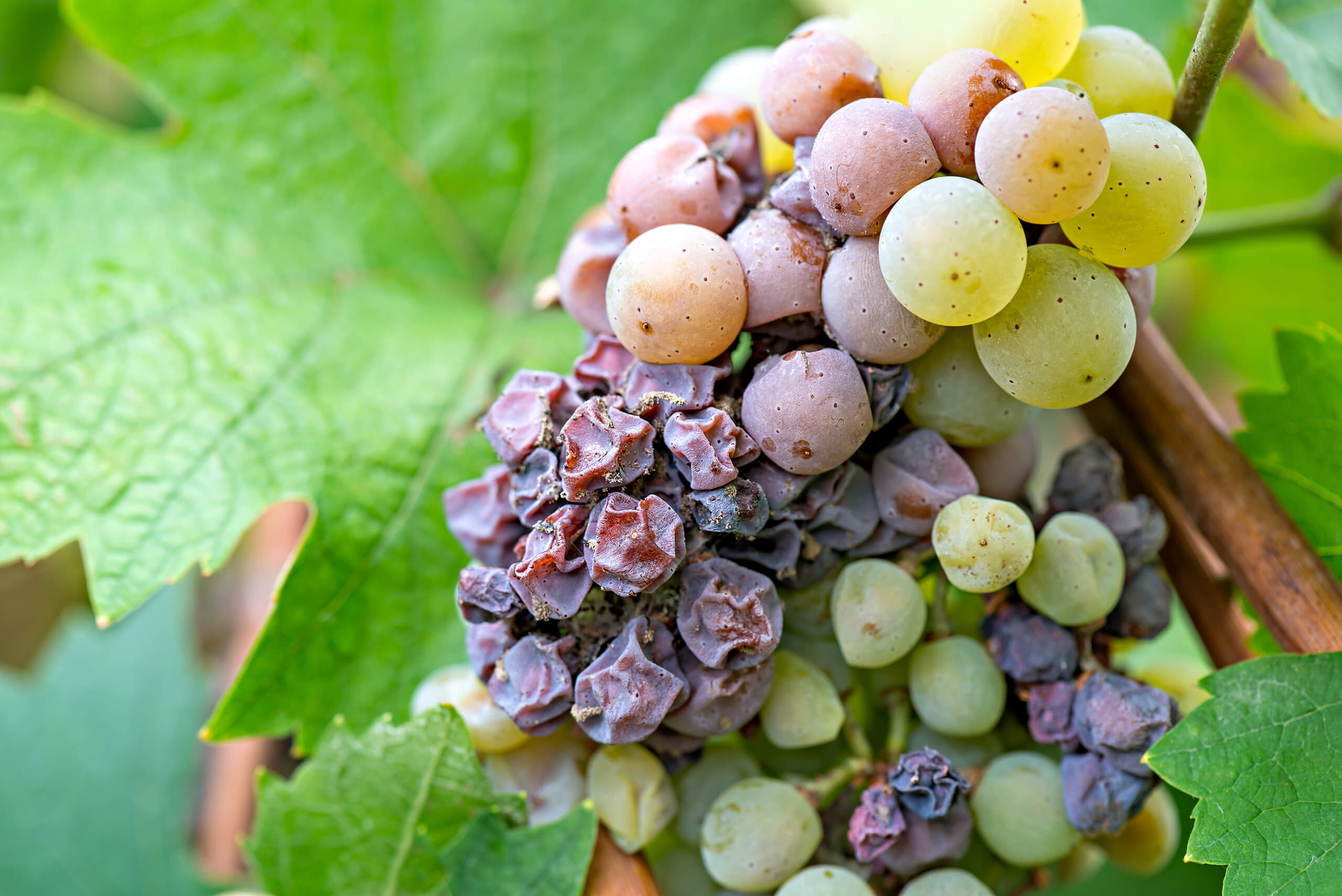
New remedies for ancient problems
Fungal infections have dogged agriculture for millennia, but new fungicides – though the process...
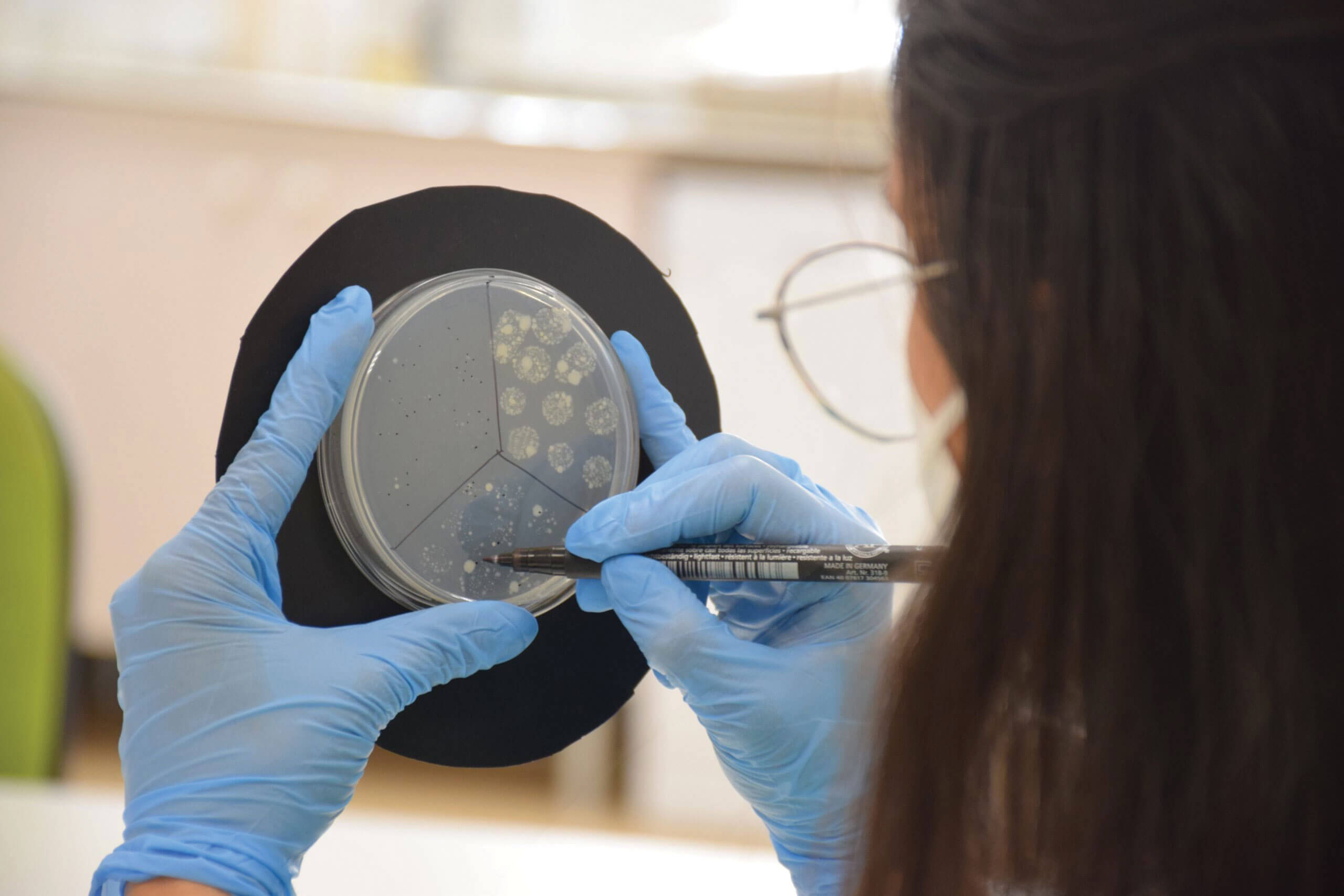
The Biological Revolution will take place in both the lab and the field.
Biological protection can also come from the unique molecules certain bacteria make. That’s the science behind Qalcova™ active and Jemvelva™ active, two EPA Green Chemistry Award-winning pest control products that also boost plant health even as they preserve beneficial insects.
Farmers turn to biological pest control because it offers tangible benefits such as resistance management. By offering an additional, different mode of action to the conventional approach, “you reduce the chance that the pathogen or the pest is going to develop resistance,” says Don Hahn, Principal Investigator for biologicals at Corteva Agriscience and a microbiologist with 35 years of agriculture work under his belt.
Biologicals also give farmers the ability to protect crops closer to harvest, even within the pre-harvest interval for some other crop protection products. “They come in and give you protection during that time when you can’t use other things.”
Big gains come in small packages
“Our goal is to make our products as cost-effective for the farmer as possible, while also providing them with good value and great performance,” adds Hahn.
Corteva keeps those promises by using biology to improve plant health and yield. That’s exactly what Utrisha® N does, aiding crops in capturing nitrogen from the air throughout the season to maximize plant nutrition, ultimately helping plants boost yield. The bacterium in Utrisha® N works cost effectively with a plant’s natural biochemistry to boost crop health and productivity above ground.
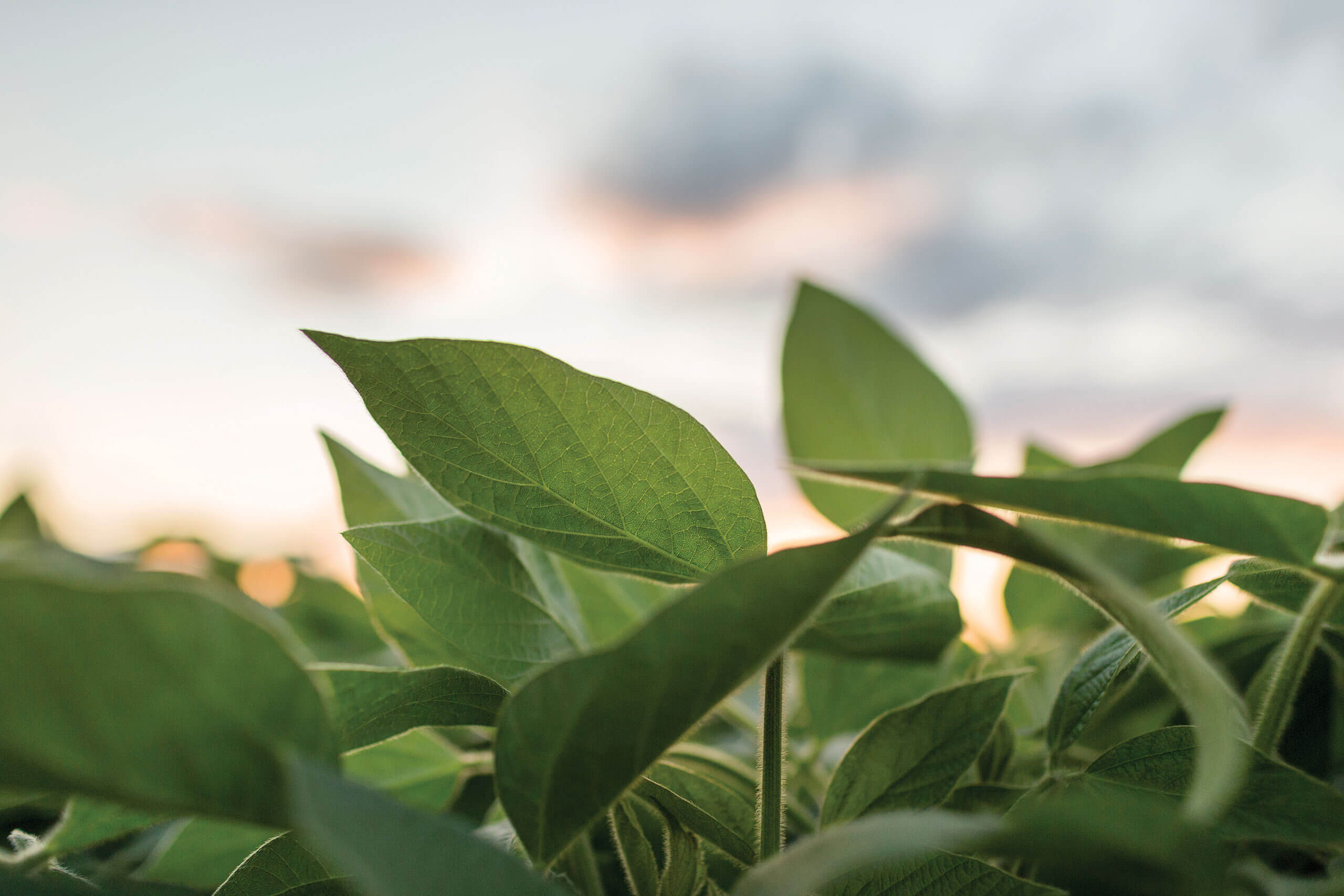
Farmers using Utrisha® N see an average yield increase of 2.5 bushels per acre on their soybean fields.
Source: Corteva AgriscienceOur goal is to make our products as cost-effective for the farmer as possible.”
Mycorrhizal fungi do a similar job – and more – down at the root level. These fungus-based biostimulants improve plant tolerance to drought and salinity, stabilize the soil, and even boost biological carbon capture. MycoUp® from Symborg, a Corteva Agriscience Business, offers all that and also boosts plant health and helps them produce higher quality fruits.
The beneficial fungus in Symborg’s Resid® makes plants more water – and nutrient – efficient, increases yield, and even aids the plant’s hormonal balance. All that adds up to higher yields and higher quality in cereal and grain crops for harvest – and better soil structure and higher biomass for next year’s crop.

The viruses found in Hearken® Biological Insecticide, are minuscule warriors eager to wipe out corn earworm and other Heliothine species.
A small glimpse into a big future
As any farmer knows, though, you’ve got to look further ahead than just next year, and that’s something Corteva has beenndoing for years. “We have a lot of different organisms and over half a million microbes in our collection,” notes Hahn.
He and his team are screening the organisms and their metabolites for genetic markers “that would tell us if a strain has potential to be a biological product.” They correlate those results with Corteva’s extensive knowledge of farmers’ needs, and, for organisms where biology and market match, Hahn and his colleagues head to the lab to see if the promise pans out.
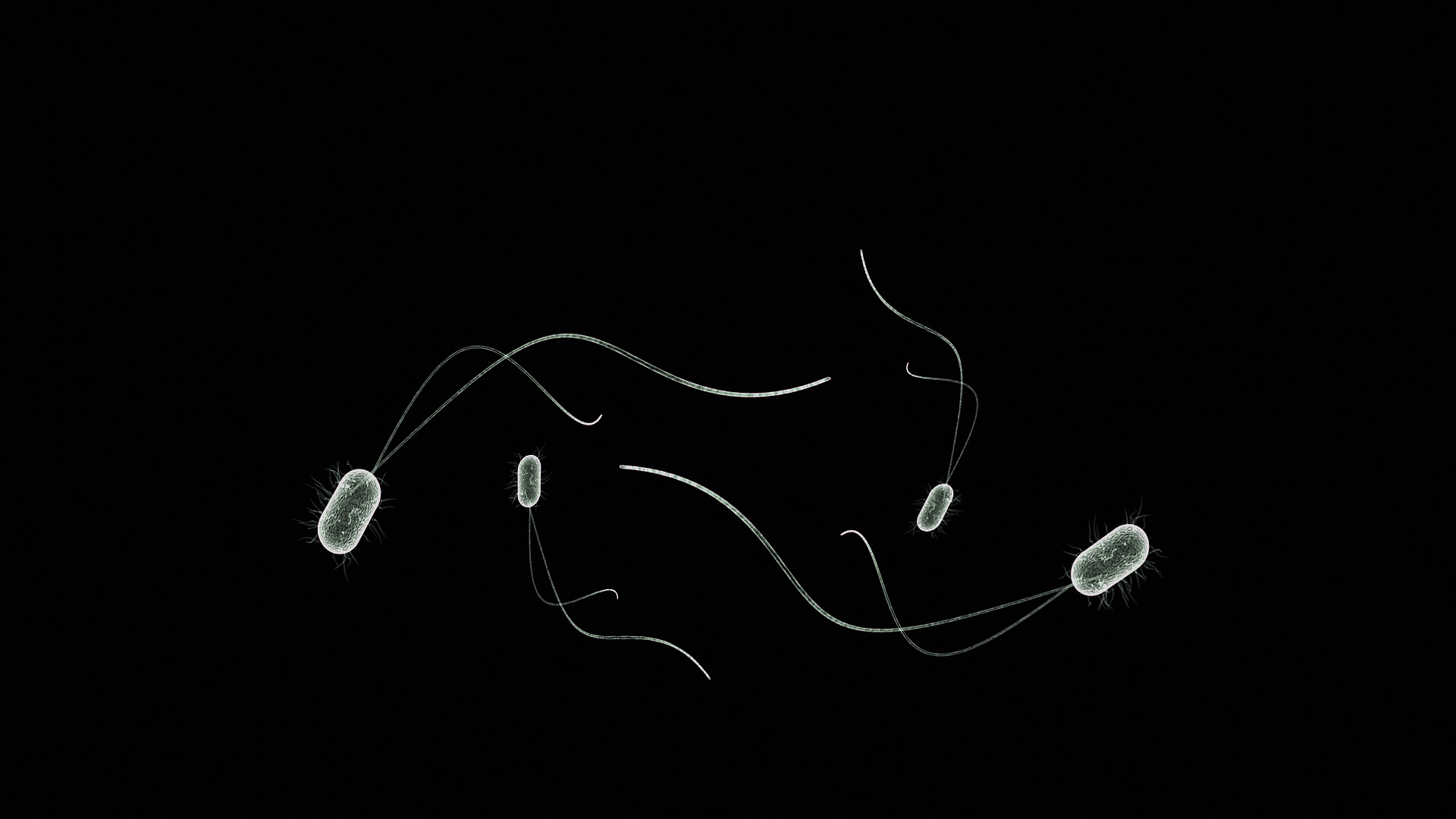
The Corteva team is exploring its vast library of organisms to find those able to protect crops from insects, weeds, and harmful fungi.
Source: Raman Oza of PixabayCorteva hopes that a few of Hahn’s discoveries will contribute to the burgeoning Biological Revolution, but it will take a few years. Right now, he’s exploring organisms that can protect crops from insects, weeds, and harmful fungi. When that work is complete, it will join the current wave of Corteva Biologicals, helping farmers reap the benefits of the Biological Revolution – along with consumers and the planet we all share.

